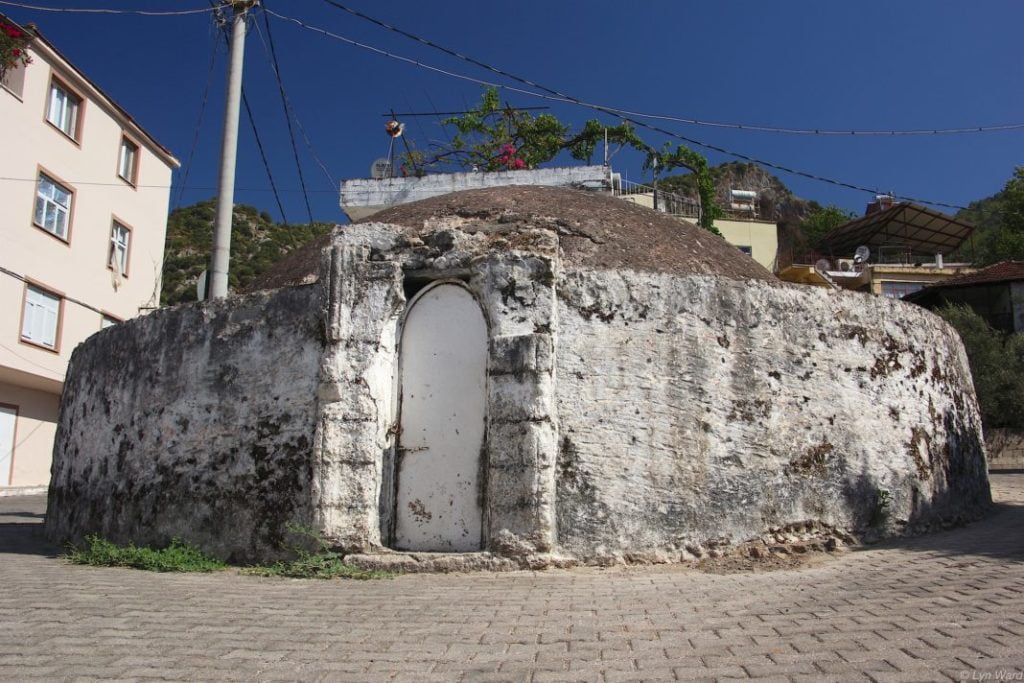Dotted around towns and villages, scattered on hilltops or by the roadside, you will see many domed, circular stone buildings and may wonder what they are.
They are water cisterns (sarnıç in Turkish). Did you know there are around 250 of them to be found in the Muğla province?
The cisterns
They were built during the Ottoman period to gather winter rainwater which was used for the fields and livestock during the summer months. The rainwater runs over the dome and through the holes in the channel running around the outside. It then collects in a reservoir inside.
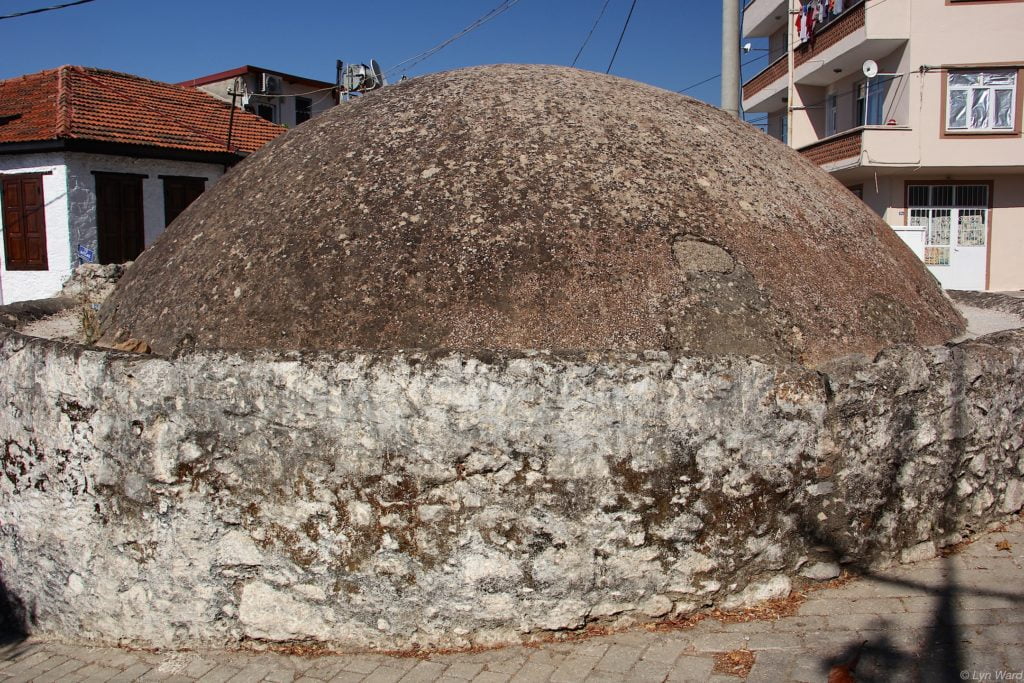
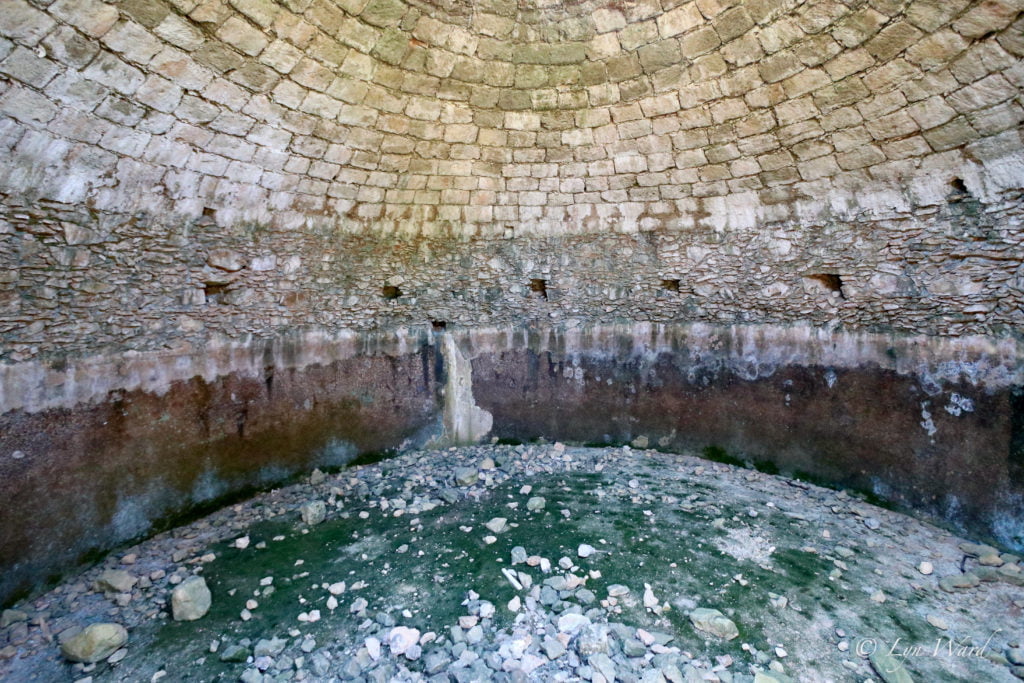
They have a diameter of approximately 7 meters. The section that is above the ground is as tall as a typical one-story house, however, the reservoir itself might be buried deep in the ground. A bucket on a rope is used to access the water.
As modern water delivery systems were developed, their use and importance diminished and they were left to fall into disrepair.

Some are still in use for livestock water supply and storing animal feed.
Today many of them have been renovated, and some have been converted for other uses. One in Yalıkavak, on the Bodrum Peninsula, has been converted into an art gallery.
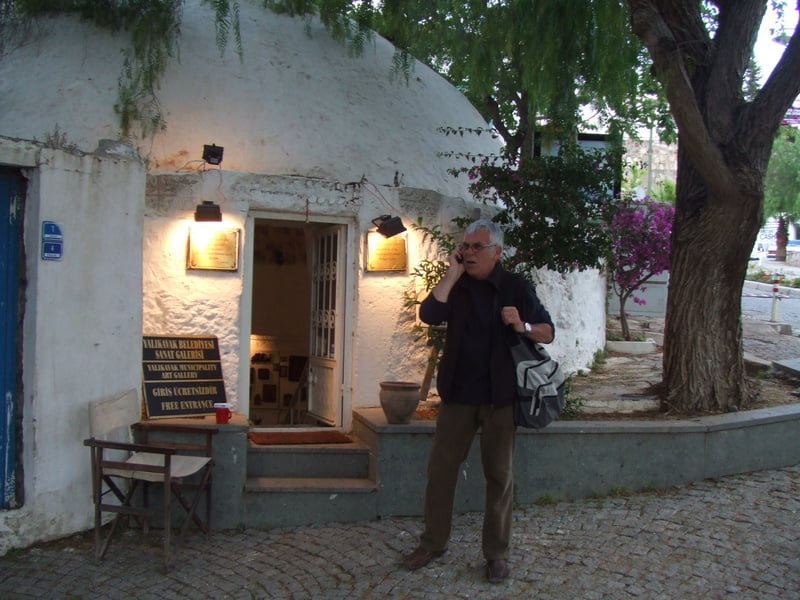
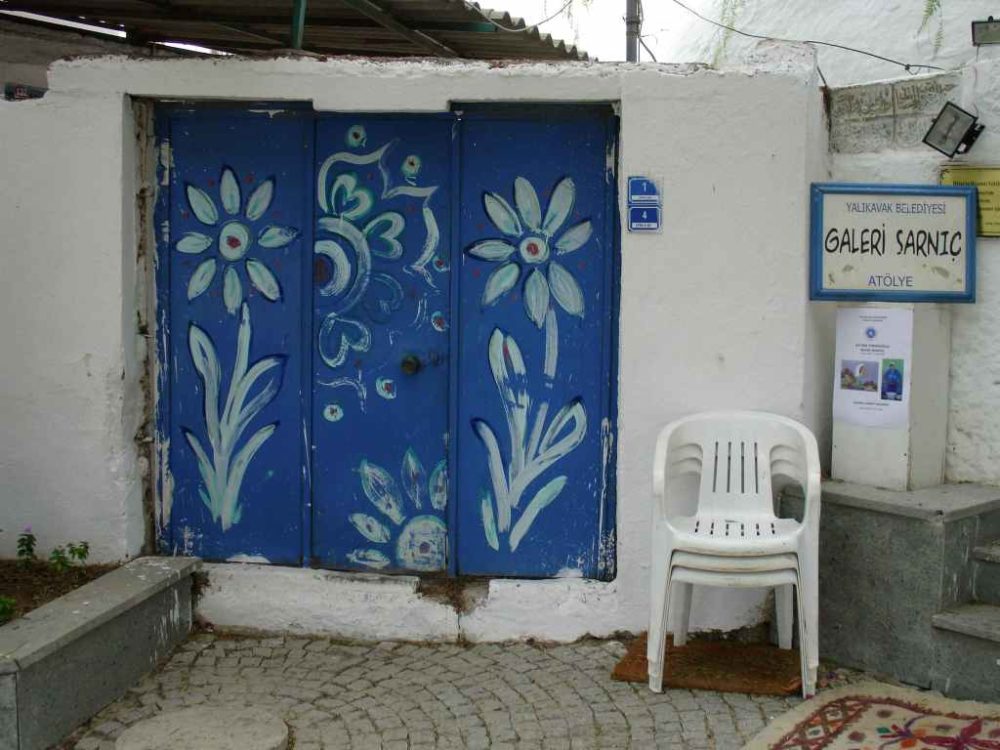
Some just sit in isolated splendour – relics of a bygone era…

The Great Sarnıç Hunt on the Bodrum Peninsula
If, like Roving Jay from the Bodrum Peninsula Travel Guide, you’re a sucker for a sarnıç and you’re planning a visit to the Bodrum peninsula, click on the link below and plan your own sarnıç hunt.
The Great Sarniç Hunt on the Bodrum Peninsula
This article was first published on 24 March 2021.

